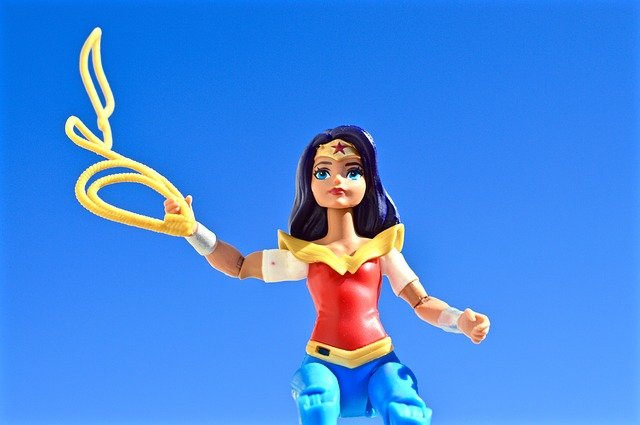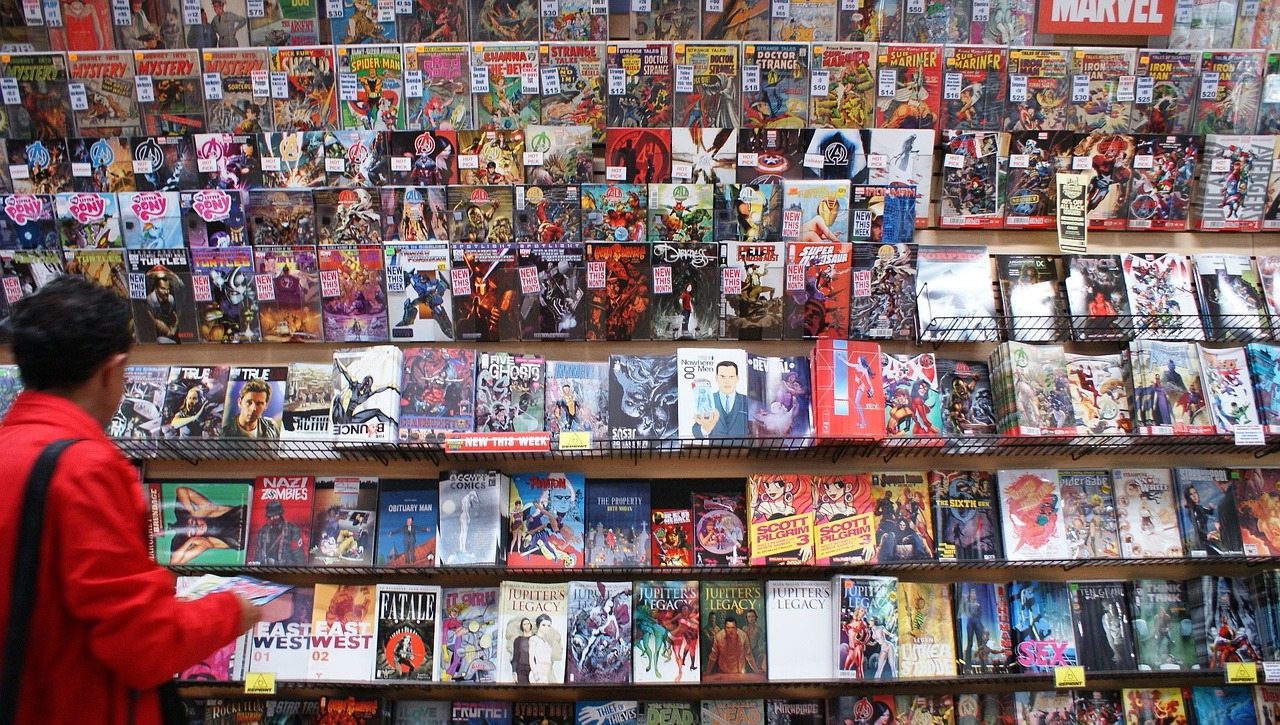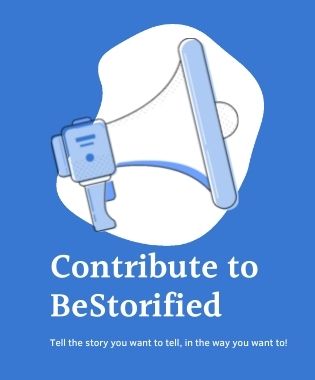A graphic novel gives you two gifts- a story and stunning art says New York Times Bestselling Comic Book and television writer Amanda Deibert
- August 31, 2021
- Publishing
Legendary characters from graphic novels and comic books like like Batman, Spiderman, Wonder Woman have always been popular. So much so that they are loved worldwide by audiences of all age groups. After all, we do need a friendly Superhero to break the mundane routine of our daily life! *Cue superhero music* as Amanda Deibert comes in. Amanda has written some popular graphic novels such as DC Super Hero Girls, Wonder Woman, Teen Titans Go!, Batman and Harley Quinn. Her TV credits include work for CBS, SyFy, OWN, PIVOT and HULU. We knew this was going to be an epic discussion! Amanda began by raising an interesting point that we know but tend to forget. Have we stopped to think that all of these characters are actually based on comic books and graphic novels? This realization has certainly piqued our curiosity. Many of us have gone in search of graphic novels even as more movies are made.
Thus began the heroic rise of the Graphic Novel. Sounds like a good title for the next superhero movie, if you ask us! There is so much diversity in the graphic novel. It has expanded into a lot more genres apart from the superhero one we are all familiar with. The increasing popularity of the movies have had a positive effect on the growth of the graphic novel.

Is there a method to the research involved in writing a graphic novel?
From a writing perspective, researching for a graphic novel is quite similar to the kind of research we do to write any kind of novel. As always, expertise on the topic we are writing about is necessary. Amanda for example had to sift through 80 years of the history of the strong and popular woman character, Wonder Woman to make sure what she was writing about was unique and not done before. She also had to check if she’s doing justice to the character and staying true to the innate qualities of Wonder Woman. The visual research is a bit different as the illustrators need to source images for references so that the art they create matches the time period, place, and qualities spoken about in the story.
Graphic novels and comic books- are they the same?
Amanda gave us the perfect analogy to answer this question. Think of graphic novels and comic books like films and television series. Comic books or strips are like issues that get released within a particular period of time. Remember the monthly issues of Tinkle, Chandamama, or Archie comics? Just like that. The story is ongoing. Sometimes these are combined to make a graphic novel or it could be a standalone story too.
If you’re not a reader, a graphic novel is a good way to begin!
The lovely thing about graphic novels is that you get these beautiful visuals along with a great story. The multiple panels on each page are visually stunning. It’s pretty much like watching a movie and reading at the same time. How cool is that! Amanda’s six year old daughter, for example, enjoyed the visual jokes in graphic novels. It is a very stimulating experience, activating different parts of the brain. Non-readers and readers looking to get back into the habit of reading can find that starting with graphic novels can be beneficial with the variety of genres available, and a sophisticated story with less words and more pictures. As Amanda simply puts it, this is a nice way to get into reading.
Some insight into Amanda’s writing process
Now, since a graphic novel has two major elements- words and art, we did wonder how a writer would go about it. Does the story come first or the art, or do they work in sync? Amanda usually has a rough idea of what the ending of her story should be and she works mostly back and forth with her editor but sometimes also collaborates with her illustrator to come up with a pitch together. She says that she has to be quite descriptive in the imagery she wants as she moves from panel to panel. This is key to getting a graphic novel right.
A pro tip from a superhero mom who juggles writing and home
Amanda suggests writers try the Pomodoro method where she writes for 25 minutes and then takes a 5-minute break to avoid distractions. These sacred 25 minutes help in getting a lot done. This, we thought, was a wonderful trick especially when our routines have gone for a toss with the lockdown lifestyle and left us feeling guilty about not working on that manuscript we so love.
Amanda signed off with a poignant thought. We all have experiences that are specific to us but also universal. What makes writing and art so powerful is that we can connect with these human commonalities, those moments and create something worth documenting, perhaps a graphic novel- a magical amalgam of words and art. Watch our entire conversation with Amanda here and tell us, what graphic novel would you be reading next?
- What Dharmendra’s heroes teach writers about the relatable protagonist
- Younger leaders, older fears: Why voters want change but also guarantees
- How and where to choose the best online casino? Tips for choosing safe gambling sites
- The real reasons Mumbai tops Asia’s happiness list
- Transforming Enterprise Finance: The Role of AI in Automating B2B Payments






